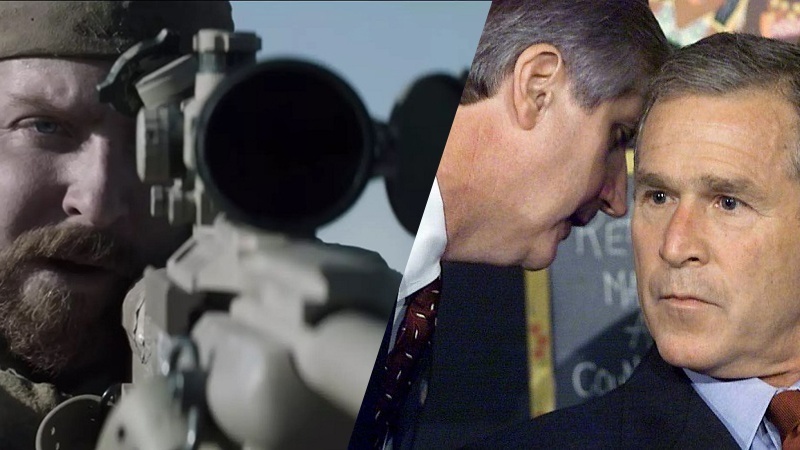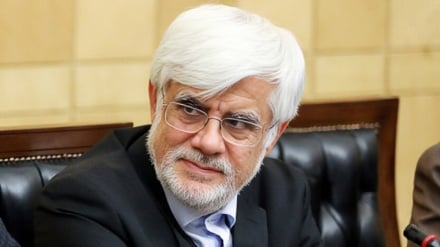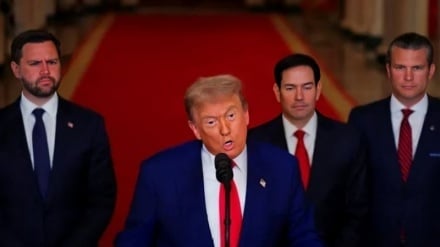Hollywood's warmongering narrative/Paving the way for US global intervention
Pars Today - The American film industry adopted a new strategy after September 11, 2001, which was a combination of previous Hollywood strategies. This new strategy has resulted in nothing but hate-mongering and Islamophobia.
Before September 11, 2001, America's foreign enemies had a remote impact on the country as "the other." The "enemy" destroyed cities in times of war and divided cities during the Cold War. But all of this was somewhere far away, a place whose representation in Hollywood cinema, though it aroused pity and fear, ultimately guaranteed security. However, the 9/11 event showed that America's security was vulnerable and paved the way for more security and military actions by the United States.
During this period, all the existing discourses that were used before 9/11 were called upon to gather around the discourse of "fighting terrorism." These previous discourses were: "playing a global role in World War II," "the discourse of espionage around the Cold War atmosphere," and finally "the Armageddon discourse, after the end of the Cold War and before 9/11."
In line with this ideological schema, Americans polarized themselves as the "in-group" and others as the "out-group," using the pronouns "we" and "they" when speaking.
If it can be said that the discourse of fighting terrorism consists of three key elements: victim, terrorist, and hero (fighter), one can find the traces of all three past discourses in this new discourse.
The reconstruction and playing of a new global role takes shape in the face of the victim, espionage and division in the form of the terrorist, and finally the Armageddon discourse in the role of the hero (fighter) return to Hollywood films. Now we need to see how Hollywood cinema was able to promote the discourse of fighting terrorism and create credibility for it from within all these discourses.
1. The representation of victim
One of the most important representations of 9/11 is the depiction of victims and the emphasis on their suffering and pain. This was done both by showing the agony of the victims before and during the event, and by showing the suffering of the survivors and families who lost loved ones.
For this reason, there was a pressing need to transform the private suffering of the victims into public suffering and to perform the ritual of mourning in the public arena.
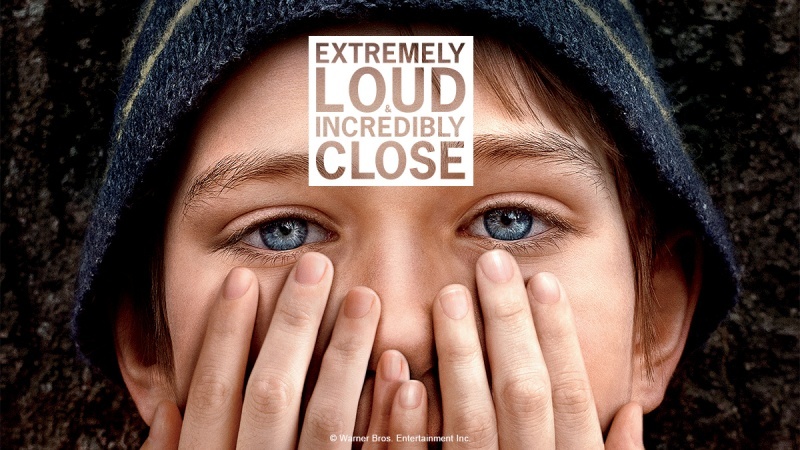
2. The representation of the enemy (the Other)
One of the most significant representations of "the other" in post-9/11 cinema is the depiction of the Arab/Muslim. Numerous films such as Body of Lies (2008), Charlie Wilson's War (2007), Rendition (2007), Hidalgo (2004), Syriana (2005), and Iron Man (2008) all feature Arab or Muslim characters who are portrayed as terrorists attacking America or American figures. This is despite the fact that terrorist movements associated with Muslims are a small minority compared to the vast majority of non-violent and non-terrorist Islamic movements.
3. The representation of the hero
The hero (fighter) in the post-9/11 discourse of fighting terrorism does not possess the superhuman and invincible qualities that distinguish them from everyone else. Instead, they only need to carry certain characteristics in order to transmit a specific ideology. The ideology that all post-9/11 heroes must transmit is that of revenge and sacrifice for the country. In the film Zero Dark Thirty (2012), which tells the story of the hunt and killing of Osama bin Laden, the only motivation of the protagonist, who is an ordinary but persistent woman, is her sense of revenge and patriotism.
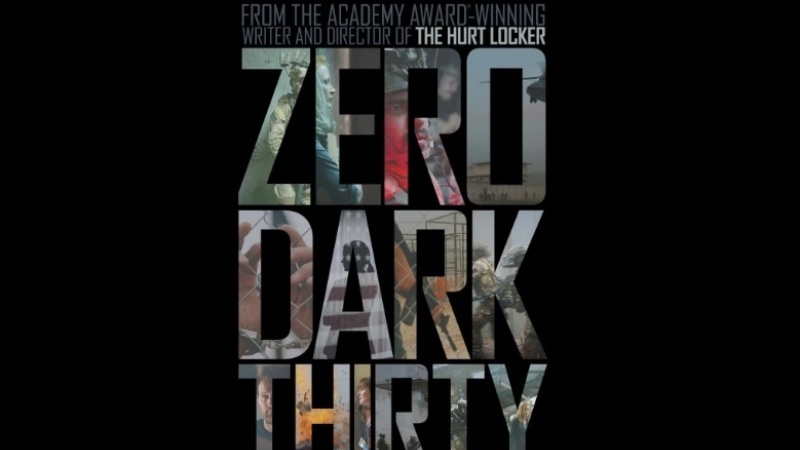
By putting these three elements together, the American narrative of the 9/11 event and its aftermath is completed. A narrative that, with an image of predominantly Arab/Muslim terrorists, created the discourse of fighting terrorism and led to the spread of Islamophobia desired by the US.
And all of these were to create narratives to justify the warmongering, expansionism, and constant interventions of America and the West in the Islamic world.
What you read is based on the article (Representation of the "other" in Hollywood cinema after September 11, 2001) published in the Scientific Journal of the Middle East studies
MG/UR
